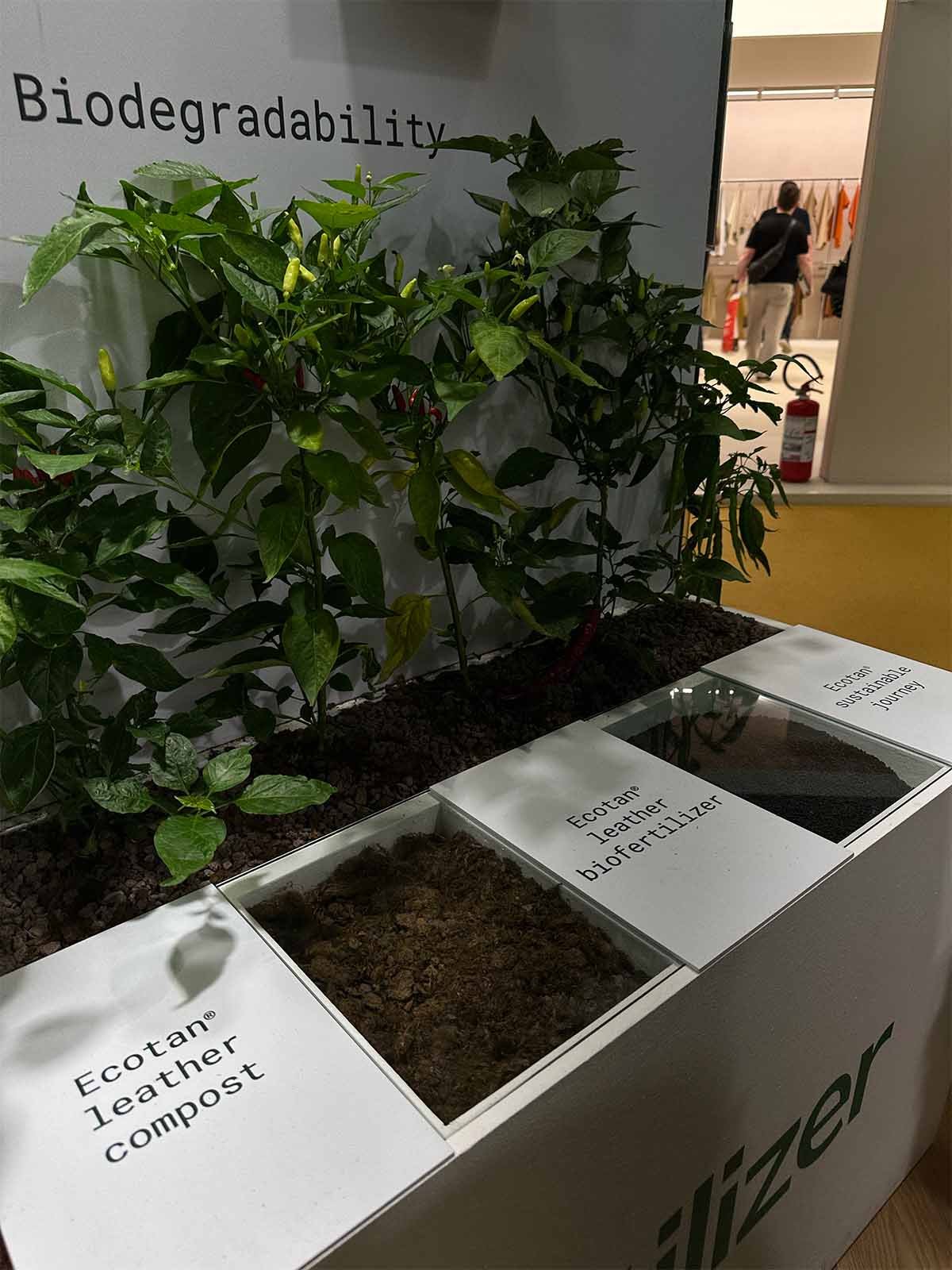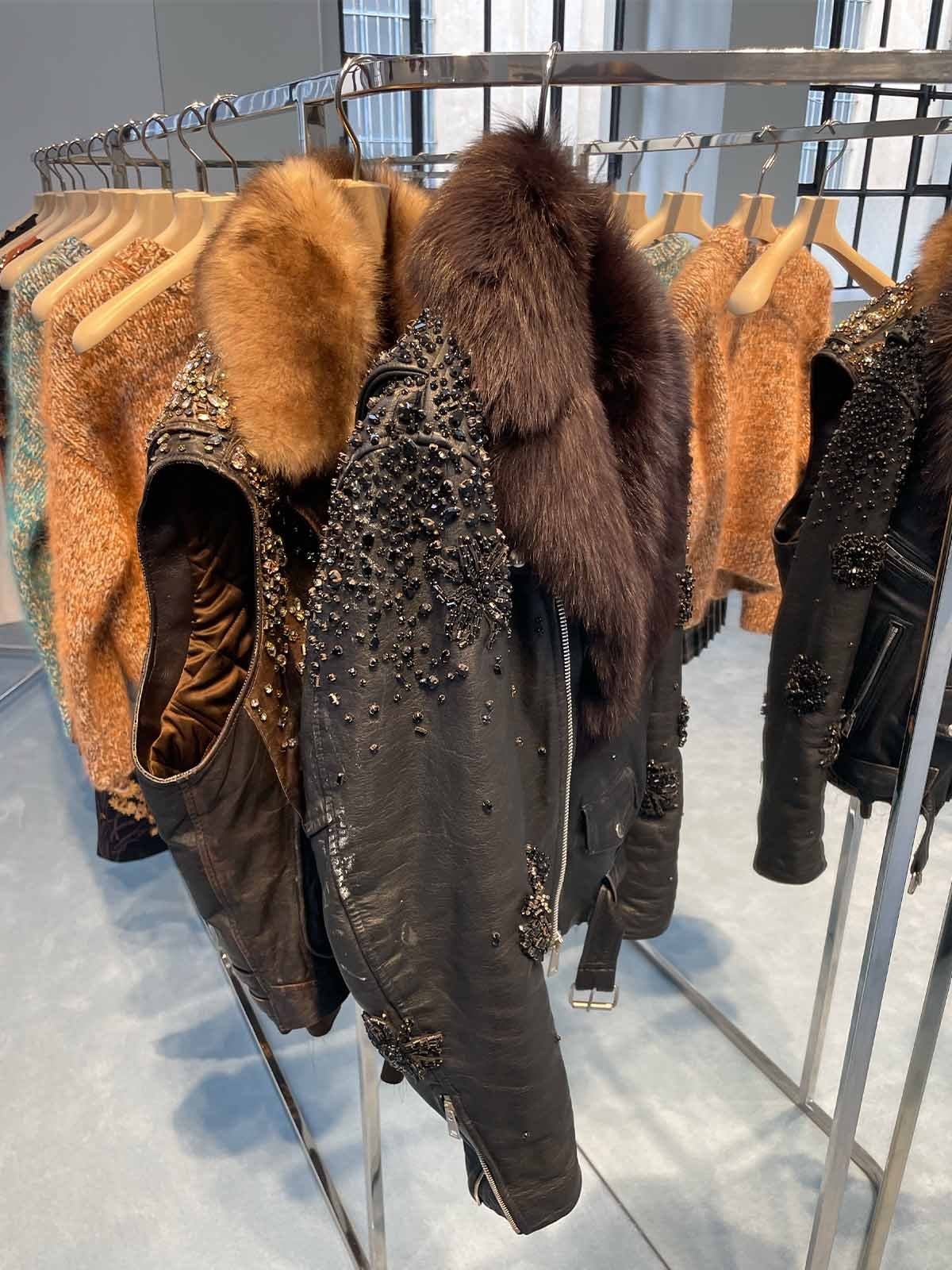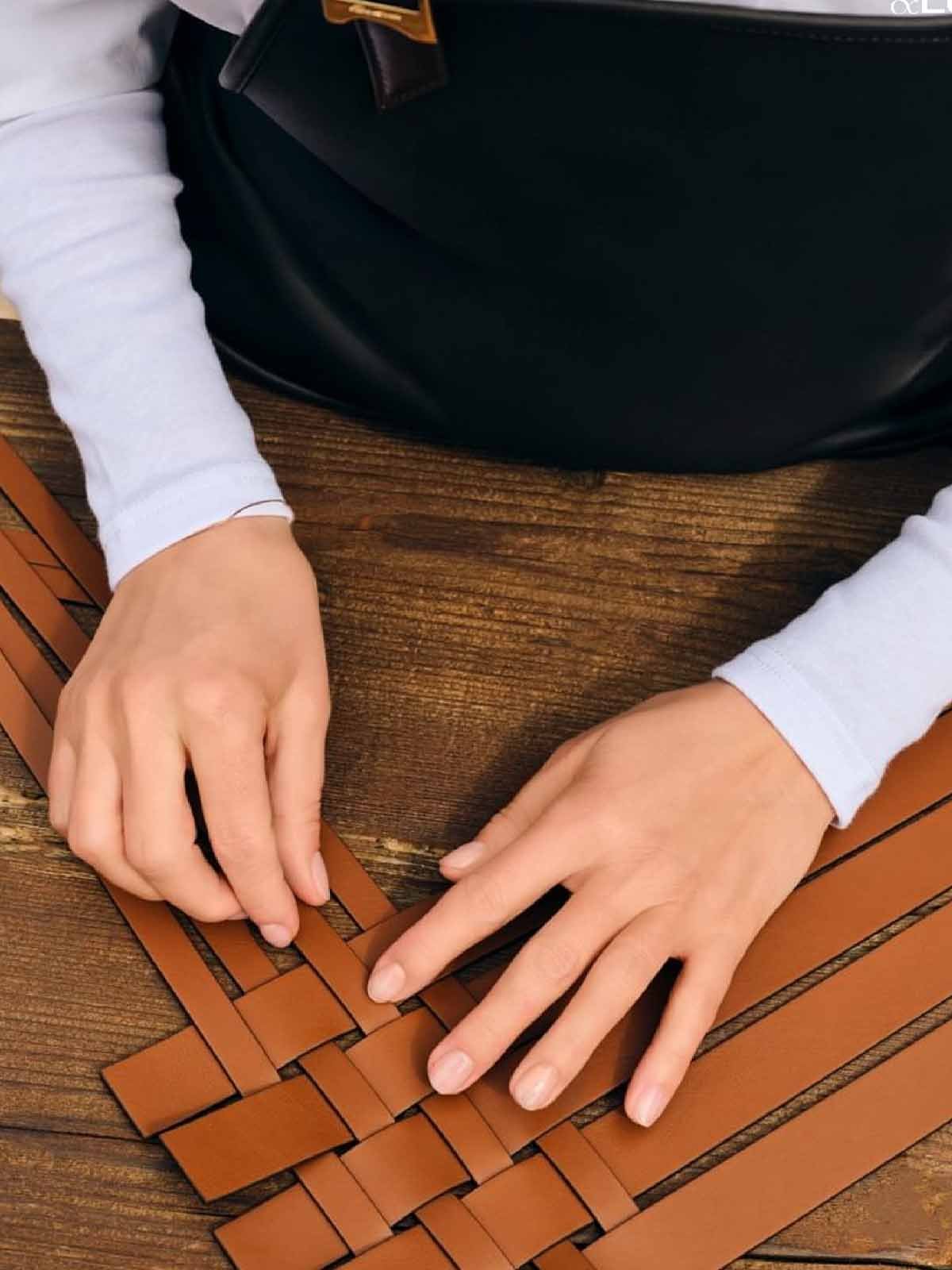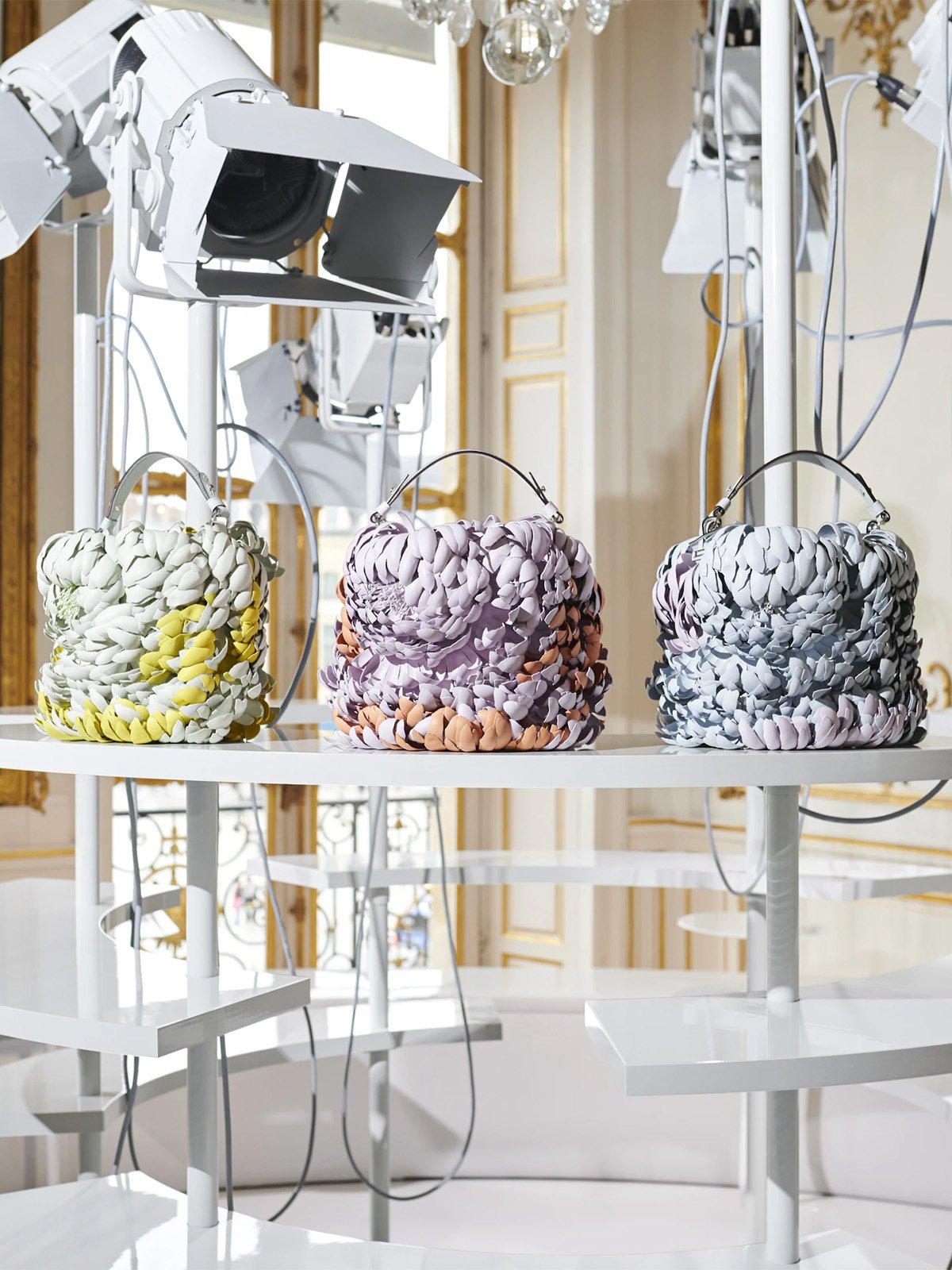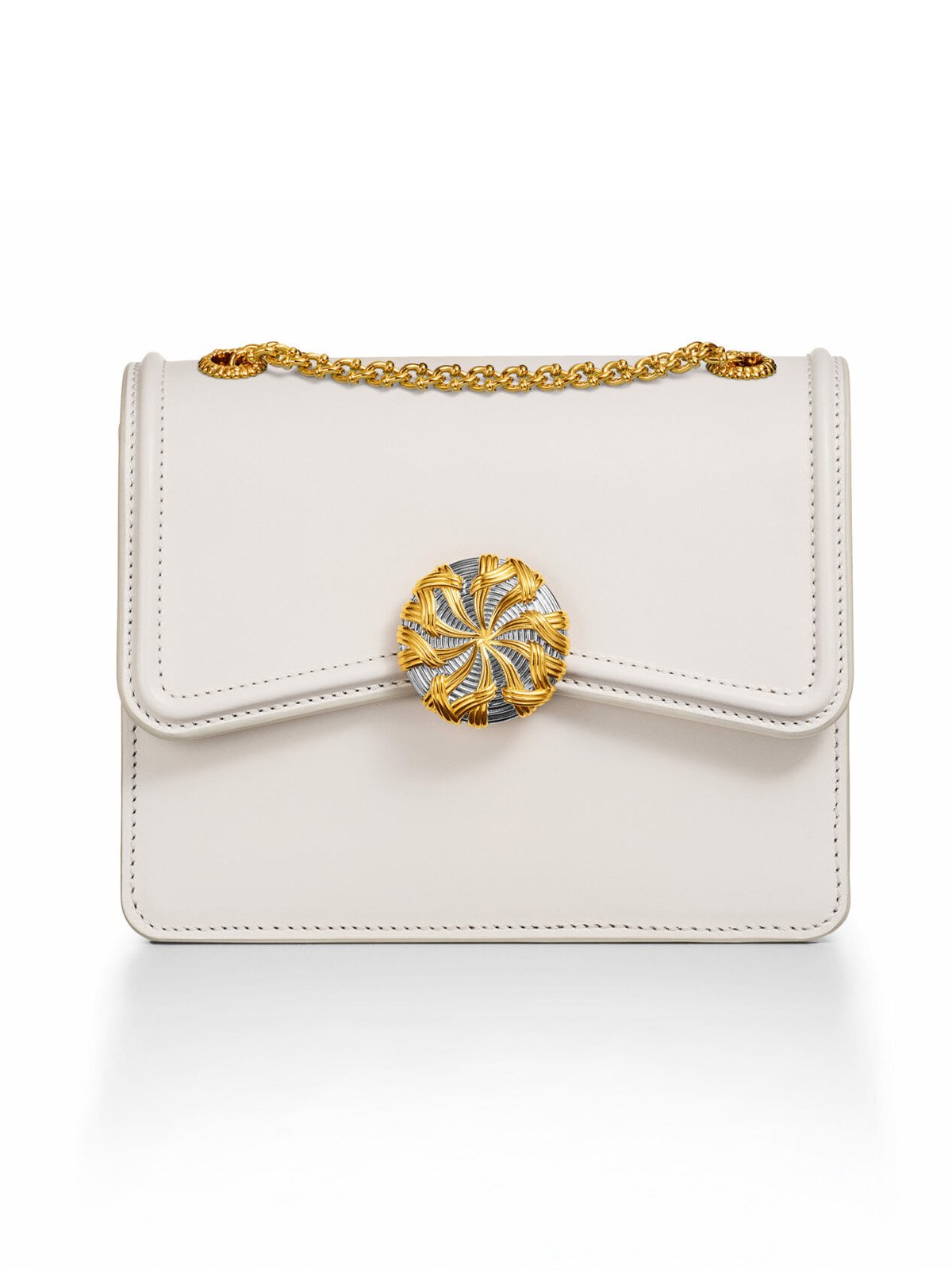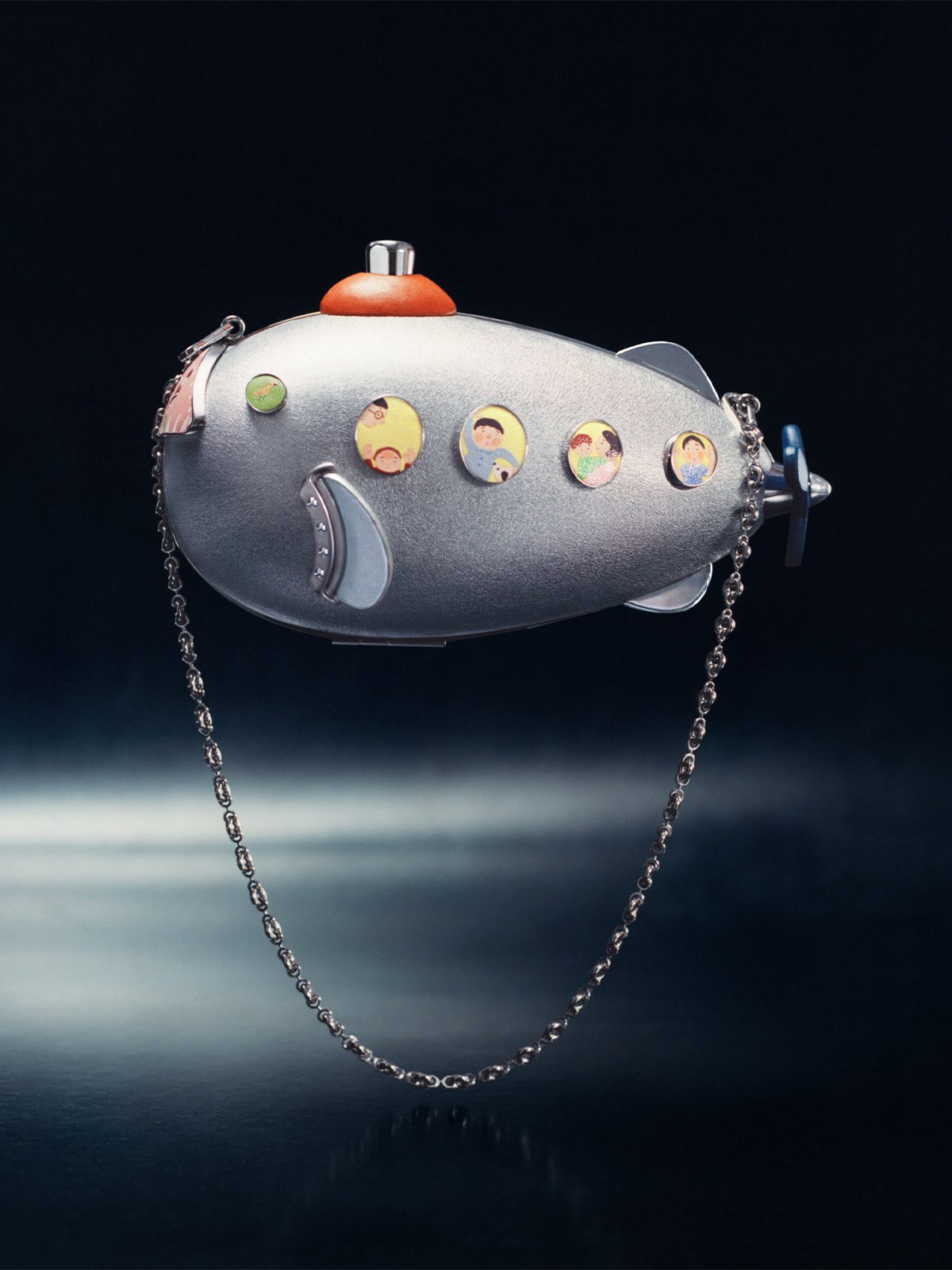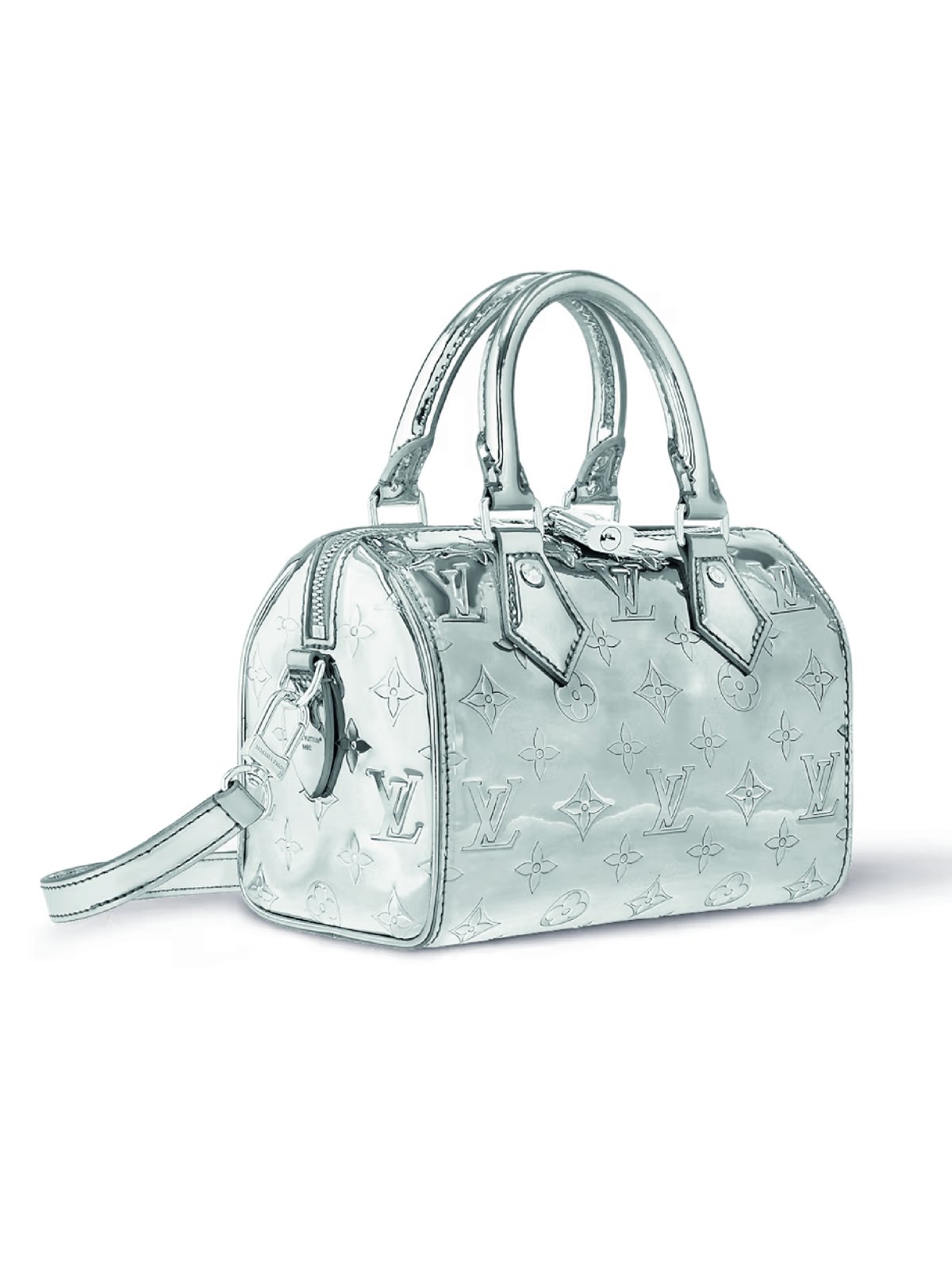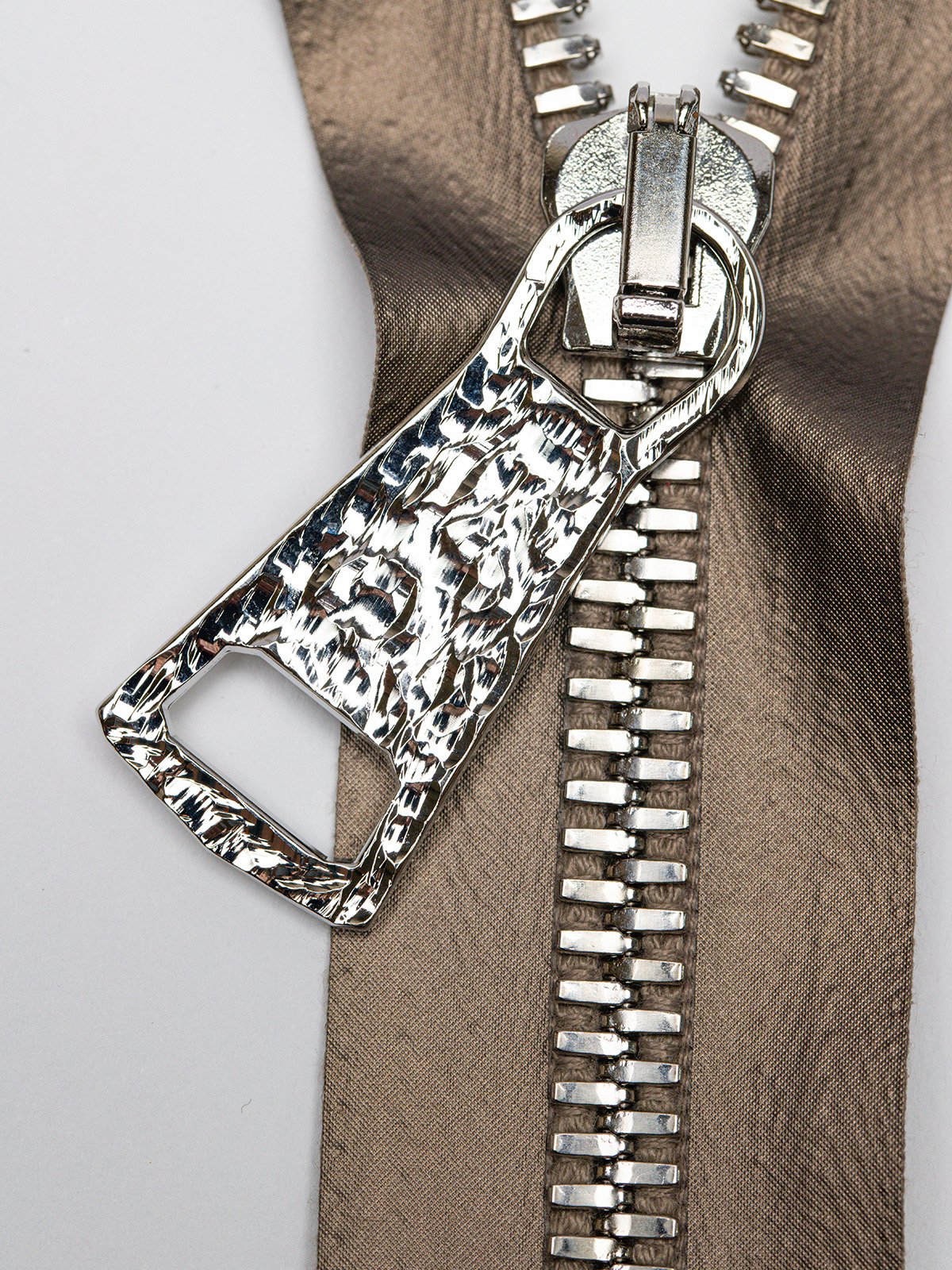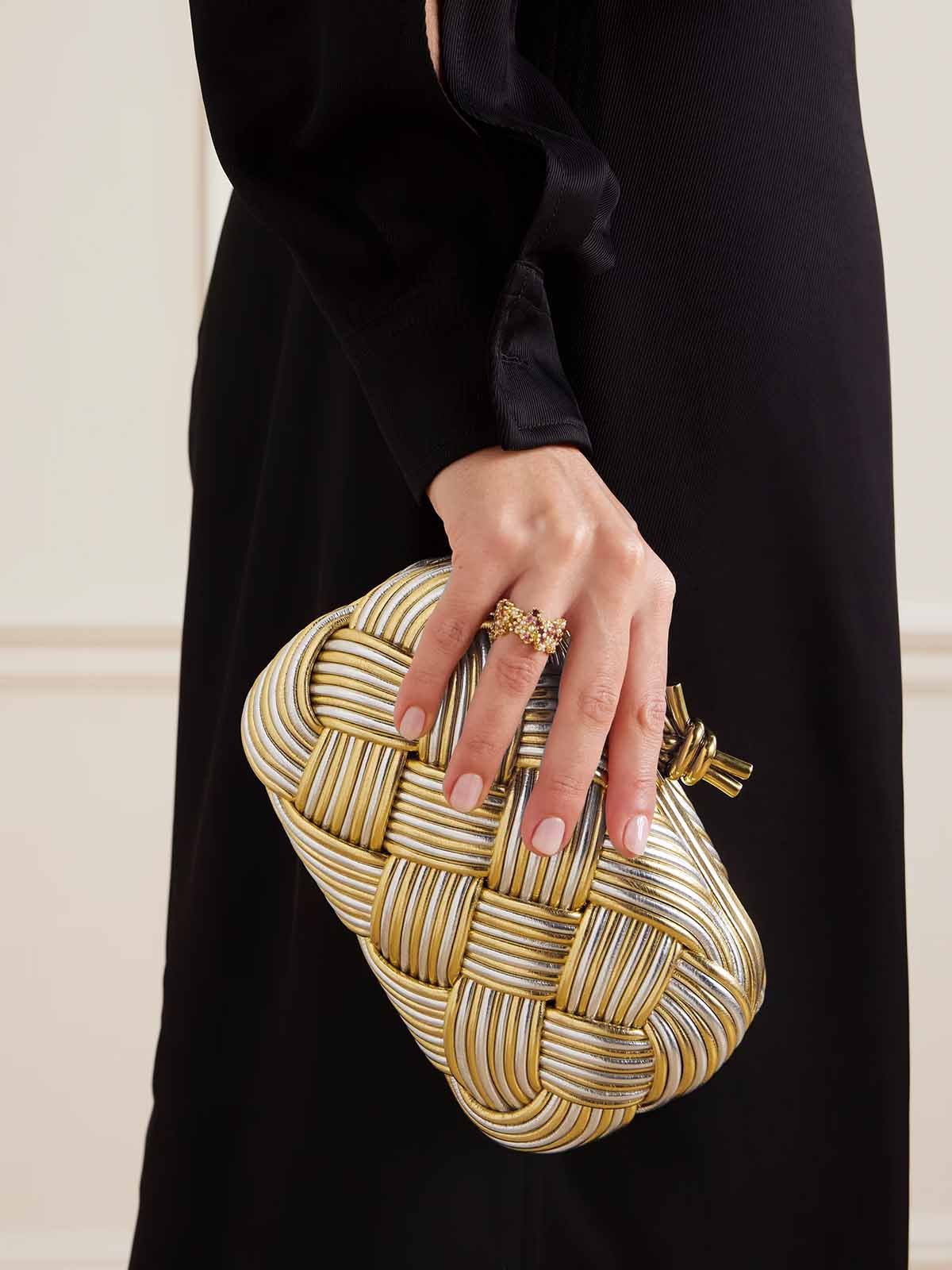News
Why weaving is the favorite workmanship of Gen Z
 Credit: R79
Credit: R79
Over the past year, braiding has become a real trend among Gen Z. New brands such as Dune and Dragon Diffusion have climbed the ranks of the most desired accessories, celebrities such as Bella Hadid, Kendall Jenner, and Hailey Bieber have started wearing woven bags with streetstyle outfits while the rise of the so-called Quiet Luxury style has rediscovered this technique making it popular.
Inspired by the basket and baskets workings of peasant life, in the 1960s in Italy it was Bottega Veneta that chose it as its signature style, partly to obviate the technical limitations of its machinery. With Daniel Lee first and Matthieu Blazy later, the brand gave birth to it bags such as the Cassette, the Kalimero and the Andiamo, exploring the myriad possibilities of classic weaving.
Yes, because the power of this workmanship is precisely its ability to transform, as Orietta Tamanti of R79, a weaving specialist from the Marche region of Italy, explains. “Thanks to the variety of colors and materials you always get different patterns, as well as changing treatments and finishes of the same material. The results can be really surprising.”
This is a process that, even when done on the loom, has a very strong manual component, because the material must be prepared entirely by the craftsman in the cutting, fleshing and gluing stages, and then threaded by hand into the loom itself. In fact, the leather is cut into webbing ranging in size from a minimum of 2 millimeters to a maximum of 2.5 mm depending on the pattern: the leather has to be thinned to create hundreds of meters of warp and weft weave. Some patterns have warp and weft webbing of the same size, but in others they are different and the effect, again, changes completely.
This versatility means that leather scraps from other processes can be used, so that the impact of other production is cushioned, both environmentally and economically. With the loom then it is possible to keep costs down (20 linear meters can be obtained in an hour, which would need a whole day to be woven by hand) but not everything is doable by machine, especially since it requires a perfect balance of the material, which must be very soft but also quite thick, and, as Tamanti relates, “in the case of small weaves it is almost taken for granted that the threads will turn, giving rise to an effect that can also be a very beautiful feature but must be accepted and loved in its imperfection.”
